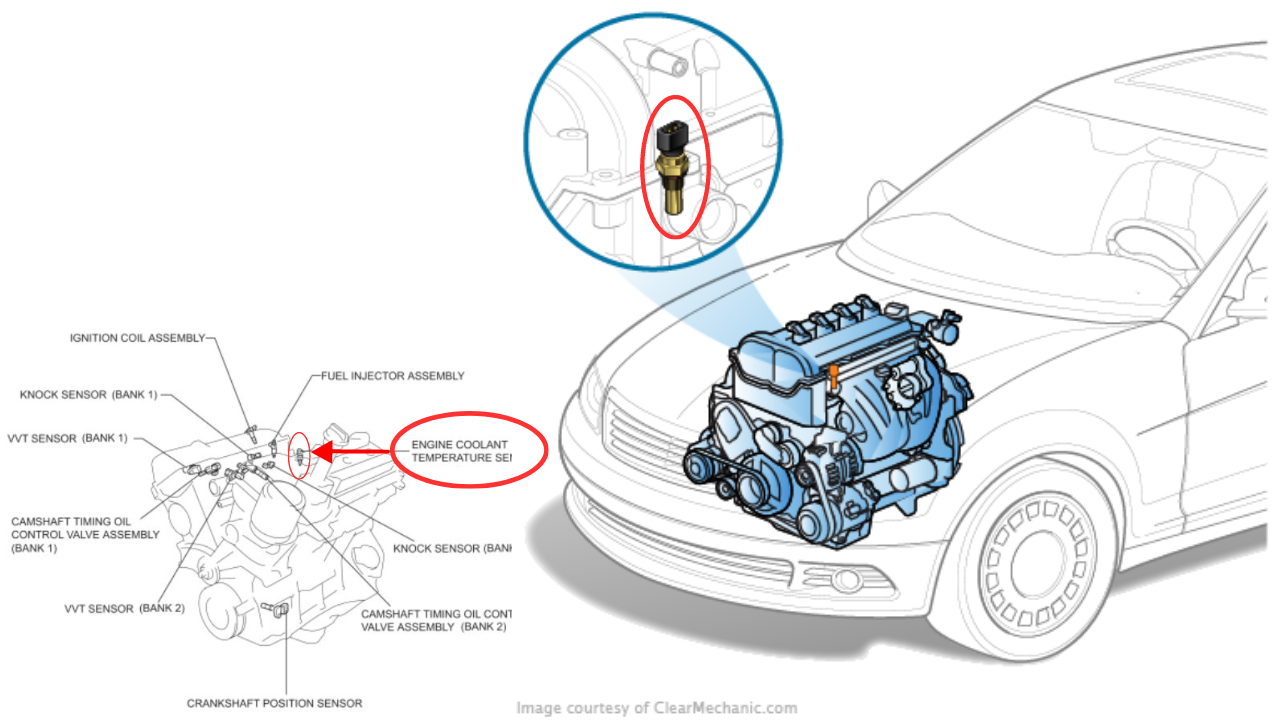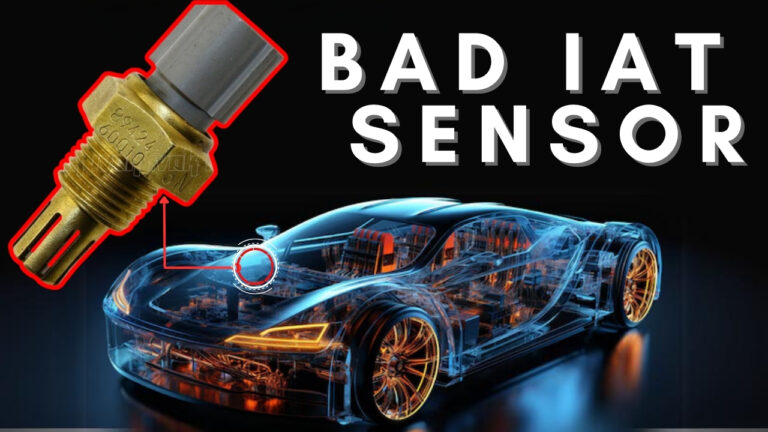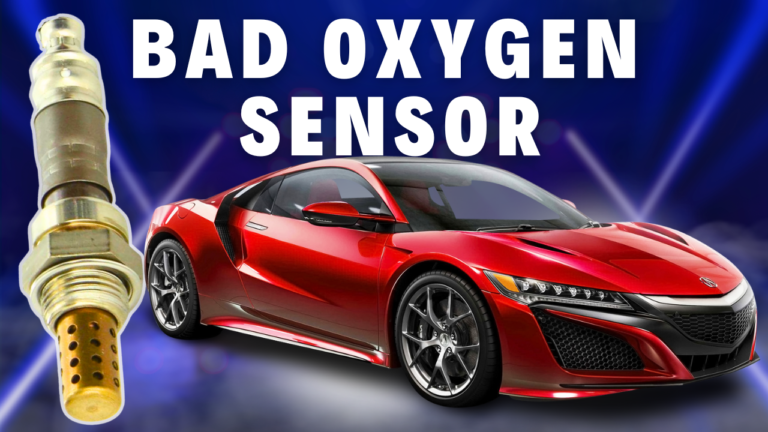What is an Engine Coolant Temperature Sensor?
The Engine Coolant Temperature (ECT) sensor measures the temperature of the engine coolant in the cooling system. This information is crucial for determining whether to delay or advance the spark timing and to adjust the fuel injector opening time.
When the engine is cold, the ECM adjusts the fuel mixture to be richer than normal to prevent stalling and stumbling. And, when the engine is warm, the ECM adjusts the fuel mixture to be leaner to maximize fuel economy and reduce exhaust emissions.
The ECT sensor also controls the operation of the radiator fan. At high temperatures, the radiator fan runs at high speed to help cool the engine and maintain optimal operating temperature.
Where is Coolant Temperature Sensor Located?
In most vehicles, the primary ECT sensor is located close to the thermostat, which is usually found in the cylinder head or thermostat housing. This placement allows the sensor to accurately measure the temperature of the coolant as it begins to circulate through the engine.
Some vehicles may have a secondary ECT sensor located elsewhere on the engine or radiator. This additional sensor can provide further data for more precise temperature monitoring and control.

Bad Coolant Temperature Sensor Symptoms
A malfunctioning Engine Coolant Temperature Sensor can manifest in various symptoms, indicating potential issues with the vehicle’s performance:
- Check Engine Light Comes On: While a check engine light can indicate various problems, a malfunctioning Engine Coolant sensor is a frequent trigger. This happens because the engine control unit (ECU) detects issues related to the ECT Sensor and triggers relevant fault codes. A detailed list of fault codes associated with oxygen sensor issues is covered in this blog.
- Engine Overheating: A faulty ECT sensor might send incorrect signals to the ECU. It could either send a continuous cold signal, making the ECU think the engine is cold, or a hot signal, making it believe the engine is overheating. If the sensor sends a falsely low temperature, the radiator fan may slow down or stop, and the ECU might inject more fuel to warm up the engine, further increasing the temperature.
- Black Smoke from the Exhaust: Incorrect readings from the coolant temperature sensor can cause the ECU to miscalculate the air-fuel mixture and spark timing. This results in incomplete combustion, leading to black smoke from the exhaust.
- Radiator Fan Running Continuously: If the ECT sensor malfunctions and falsely senses high temperatures, it can cause the radiator fan to run continuously to cool down the engine.
- Radiator Fan Not Running at All: If the ECT sensor incorrectly senses low temperatures, it can prevent the radiator fan from running at all, even when the engine needs cooling.
Common Coolant Temperature Sensor fault codes
Here is a list of codes that are associated with the bad Oxygen Sensor:
- P0115: Engine Coolant Temperature Sensor Circuit 1 Malfunction
- P0116: Engine Coolant Temperature Sensor Circuit 1 Range/Performance Problem
- P0117: Engine Coolant Temperature Sensor Circuit 1 Low Input
- P0118: Engine Coolant Temperature Sensor Circuit 1 High Input
- P0119: Engine Coolant Temperature Sensor Circuit 1 Intermittent
What Causes the Malfunction of Coolant Temperature Sensor ?
Causes of a Faulty ECT Sensor
- Mechanical Damage: Physical damage to the sensor or its components can impair its ability to function correctly. This can result from impacts, vibrations, or improper handling during maintenance.
- Contaminants: Buildup of contaminants on the sensor can affect its performance. Coolant or debris contamination can insulate the sensor and interfere with its ability to accurately measure the temperature of the coolant.
- Internal Short Circuits: Electrical issues within the sensor itself, such as short circuits, can prevent it from sending correct signals to the Engine Control Module.
- Electrical issue: Poor connections across electrical connectors, broken wiring, blown fuses, loss of ground, or issues with previously repaired wires can disrupt the connection with the ECT Sensor.
Other Issues That Exhibit Similar Symptoms as a Bad Coolant Temperature Sensor
When a car exhibits symptoms similar to those of a bad Coolant Temperature Sensor (ECT), but the sensor has been checked and found to be in working order, it is crucial to inspect other components that influence the engine temperature. These components can also cause the engine to overheat or exhibit related symptoms.
- Faulty Thermostat: The thermostat regulates the flow of coolant between the engine and the radiator. If the thermostat is stuck closed, it can prevent coolant from circulating properly, leading to engine overheating. Conversely, if it is stuck open, the engine may not reach its optimal operating temperature.
- Faulty Cooling Fan Relay: The cooling fan relay controls the operation of the radiator fan based on signals from the ECU. A malfunctioning relay may prevent the fan from turning on, causing the engine to overheat. Alternatively, a stuck relay can cause the fan to run continuously.
- Blocked or Leaking Radiator: The radiator dissipates heat from the coolant to keep the engine at the correct temperature. A blocked radiator can restrict coolant flow, leading to overheating. Leaks can lead to low coolant levels, reducing the system’s ability to cool the engine effectively.
- Water Pump Failure: The water pump circulates coolant throughout the engine and radiator. A failing water pump can lead to inadequate coolant circulation, resulting in overheating.




